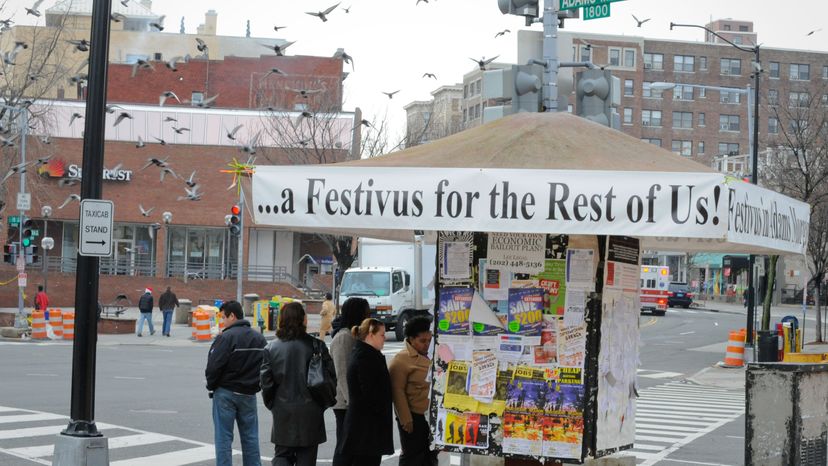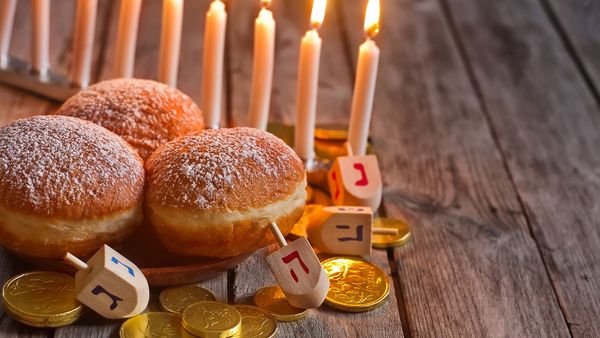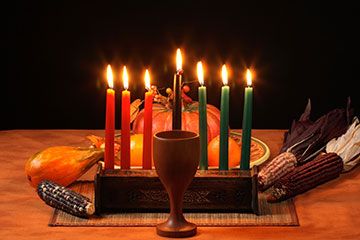
Ah, the holidays. In Hallmark cards, it's a time when family and friends gather together around the fireplace to relax and reflect on all the great things that have happened in the previous year. Every nook and cranny is decorated to perfection with elaborate ornamentation and every gift is exactly what you always wanted. There's plenty of milk and cookies, and Grandpa tells magical tales of how he saved the '43 Christmas with only a chicken drumstick, an old sled, and a hacksaw.
Unfortunately, real life is no Hallmark card. For many folks, the holidays are filled with visits from people they are glad to see only once a year, gifts that you wouldn't give to your worst enemy, and unsightly decorations that have been known to cause blindness in lab animals. And let's not forget the gargantuan lines at the mall, the inevitable traffic delays on the road, and the mind-numbing, ear-piercing music that is so bad it has been relegated to December airplay only.
Advertisement
Yes, the holidays can be a stressful and near-maddening time. If only there was an alternative to all the caroling, wreath-hanging, consumerism, and yuletiding. Wait a minute ... there is! Any fan of the future TV Hall of Fame sitcom "Seinfeld" knows that there exists a celebration which refuses to comply with the outdated traditions and spectacles of holidays past.
This celebration's name is Festivus. Here's how it started.
The origins of the Festivus celebration can be dated back to one (fictional) man's refusal to conform to the increased commercialism and consumerism which has saturated the December holiday season. This man's name is Frank Costanza. During a routine outing to secure a Christmas gift for his son George, events transpired which would forever change the landscape of the holiday season.
In his own words: "Many Christmases ago, I went to buy a doll for my son. I reached for the last one they had -- but so did another man. As I rained blows upon him, I realized there had to be another way! [The doll] was destroyed. But out of that, a new holiday was born. 'A Festivus for the rest of us!'"
From this altercation, Frank Costanza embarked on a quest to create a festival which did not include the material and superficial aspects of most winter holidays. Many people celebrate Festivus on the 23rd day of December, but due to the nonconformist aspect of the holiday, it may be celebrated whenever one so chooses. Let's take a look at the three major elements which make up the Festivus Holiday.
Advertisement



